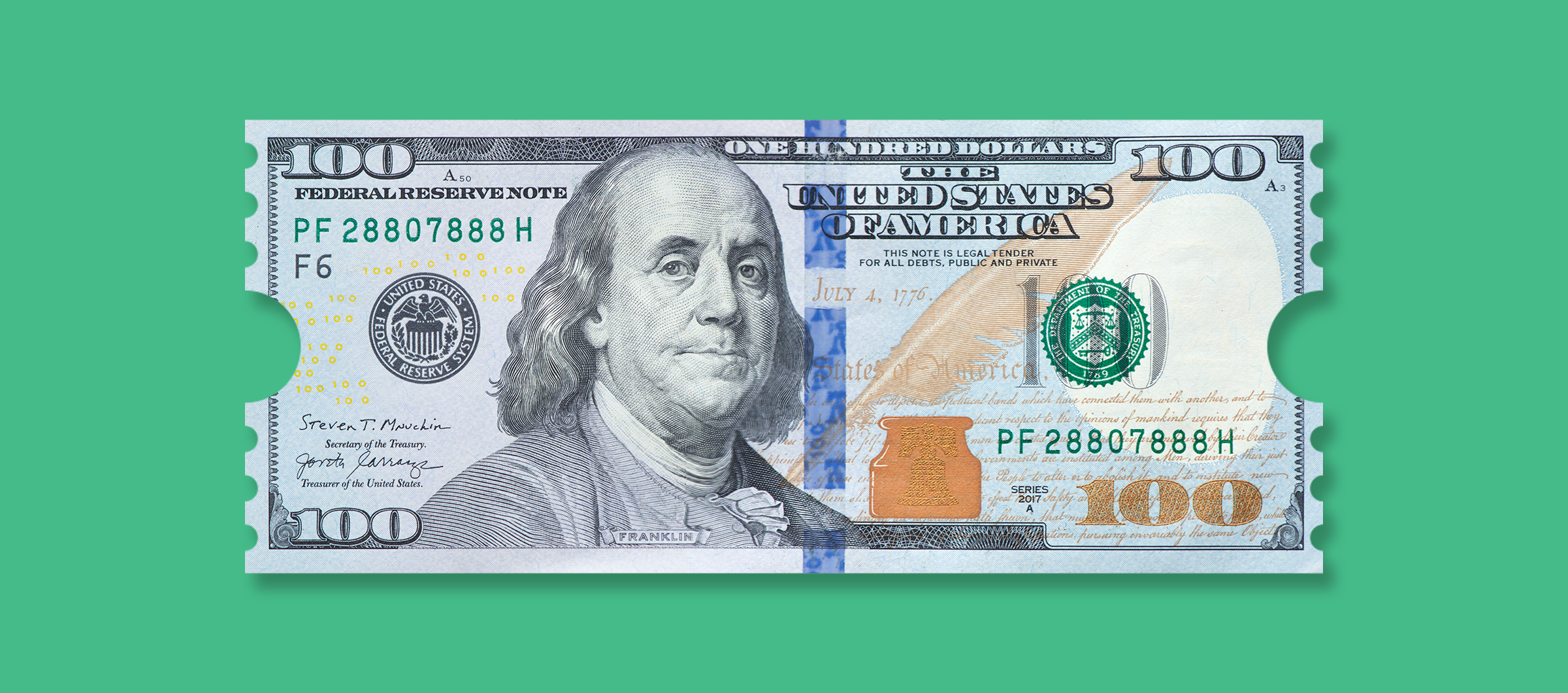The Big Story: Ticketmaster, others agree to upfront, all-in prices as part of Biden war on junk fees
“Rather than a voluntary patchwork varying by company, Americans deserve a basic disclosure standard so they can be fully aware of the prices and fees they’re being charged. The days of padding corporate profits by nickel and diming consumers are numbered.”
It’s all fun and games until someone pays double for concert tickets.
By David Jarrard
3-minute read
What might Taylor Swift fans have to teach us about healthcare? We know you’ve been wondering.
Not a Swifty? Here’s the skinny: Ticketmaster’s ticket sales for Swift’s economy-shifting Eras Tour was so badly bungled – prices stuffed with hidden fees and surprise costs (on top of a massive bot attack that hoovered up the inventory) – that the artist complained out loud. “Excruciating,” she grumbled, likening her fans’ experience to going through “several bear attacks”.
Such is Swift’s influence that her fans’ parents responded by taking the company to court. The President of the United States called Ticketmaster to the principal’s office. Even Congress brought executives in to explain themselves, wherein they agreed to do better or, at least, to be less evil.
It’s less of a leap to healthcare than you might think. Note this comment from one of Swift’s litigious fans:
“I see this [pricing] as a predatory monopoly, and if we can have a monopoly for something fun like sporting events and concerts, I’m worried that that will pave the way for monopolies in other industries, like healthcare and transportation that really affects the way people live day to day.”
And here we are. Another effort by frustrated consumers and lawmakers to demand clarity – dare we say “transparency” – to the price of goods and services, especially when those very things seem to have been deliberately obfuscated by hidden fees, byzantine billing and surprise costs.
The cost of everything is under scrutiny, and the debilitating, often shocking cost of healthcare for consumers and employers is highest on the list. It’s not for nothing that Congress is tackling site neutral payments, the consequences of consolidation and PBMs.
Yes, but “Consumers Punish Transparency, Prefer Costly Complexity”
Reflecting on the Ticketmaster boondoggle – especially the practice of hiding a host of add-on fees until the very end of an online sale — the Wall Street Journal asked, “Who’s to blame for all those hidden fees?”. We are, it seems. We prefer it, in a way.
The research says buyers (that’s you and me) will spend more when costs are itemized – line by line, fee by fee – instead of when bundled into a single number.
“Even when we know the fees are coming, we underestimate their magnitude,” said Vicki Morwitz, a marketing professor at Columbia University who studies consumer psychology.
“If you realized this complexity tricks you into paying more for equivalent products, you’re in the minority. Some 70 percent of people preferred the complex disclosure,” said another researcher. “They [consumers] believe that it’s more transparent and that they can calculate the total cost by themselves.”
Your bill is a story
Consider your costs as a story. It’s not only the cost of a service that needs to be addressed, it’s how those costs are presented. It’s how the story of those costs is told that may make a difference in the buyer’s sense of the expense.
Being merely “transparent” about our costs and fees isn’t enough. Disgorging a hospital’s charges in machine code on a website is more cynical than helpful. Yes, bundled services can be helpful if there’s a competitive marketplace where consumers can compare the services and the associated costs for them. Lasik is easy. But, bundling cancer care is hard.
Could it be that the way you present fees and charges of a bill – the “damage” as consumers typically call it – is another powerful vehicle for telling your story?
Certainly, if you’re not telling it, someone else is. There’s a reason the New York Times is actively soliciting billing and cost of care stories from patients. They’re looking for those healthcare Ticketmaster moments and it’s a fair game.
Patients talk about your care and they talk about the bill; it’s part of the patient experience.
Yes. Healthcare is different in so many ways from the run-of-the-mill consumer experience. Insurance and government funding make the “price” difficult to square. It’s almost impossible for consumers to shop for complex care, and it’s even harder to detangle and translate what the bills entail.
And yes. You may have little control over the cost of care itself. Those can feel like tidal forces unaffected by your efforts.
But you may be able to help shape the story those costs tell. How can your organization take advantage of this most-important communication channel at this key moment of your patient’s healthcare experience? It may mean giving patients proactive information about what their bill might include and what the terms mean. It can include talking about how you approach pricing – whether it’s all-in bundles for services or financial assistance policies – in marketing materials. Point is, what is your organization doing to help patients through financial complexity? Talk about that.
What opportunities lie inside that billing envelope that arrives in your patient’s mailbox, or on their phone, or on your digital portal? What happens when they click on the button that says “pay my bill” that will offer them some context helpful to them and you?
Consumer tension over the cost of care is high; the pressure is translating into political momentum designed to rein in costs and reduce the burden on voters.
We need to act. Swiftly. (apologies)
Contributors: David Shifrin, Emme Baxter,
Image Credit: Shannon Threadgill




